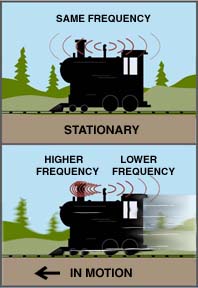A train whistle is an everyday example of a Doppler shift.
Click on image for full size
The Doppler Effect
The Doppler effect was named after Christian Doppler, who first came up with the idea in 1842. He determined that the frequency of sound waves would change if either the source of the sound or the observer was moving. If they were approaching, the frequency would be higher. If they were diverging, the frequency would be lower.
There are many everyday examples of the Doppler effect: train whistles, police and fire sirens, and race car engines. In every case, there is an noticeable change in pitch as the source approaches and then passes an observer.
One way to visualize the Doppler effect is to think of sound waves as pulses emitted at regular intervals. Imagine walking forward. Each time you take a step, you emit a pulse. Each pulse in front of you would be be a step closer together than if you were emitting them while standing still; each pulse behind you would be a step further apart. The pulses in front of you have a higher frequency than at rest, and the pulses behind you have a lower frequency at rest.
The Doppler effect doesn't just apply to sound. It works with all types of waves, including light. Edwin Hubble used the Doppler effect to determine that the universe is expanding. Hubble found that the light emitted by the galaxies was shifted toward lower frequencies, or the red end of the spectrum. This is know as a red Doppler-shift, or a red-shift. If the galaxies were moving toward Hubble, the light he observed would have been blue-shifted.
Doppler radars also help meteorologists learn about possible tornadoes.
You might also be interested in:
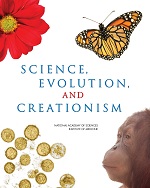
How did life evolve on Earth? The answer to this question can help us understand our past and prepare for our future. Although evolution provides credible and reliable answers, polls show that many people turn away from science, seeking other explanations with which they are more comfortable.
...more
Christian Doppler was an Austrian mathematician who lived between 1803-1853. He is known for the principle he first proposed in Concerning the coloured light of double stars in 1842. This principle is
...more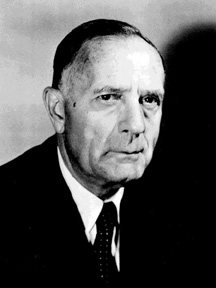
Edwin Hubble was an American astronomer who lived between 1889-1953. He studied law at Oxford under a Rhodes scholarship before deciding on a career as an astronomer. This career eventually led to cosmology.
...more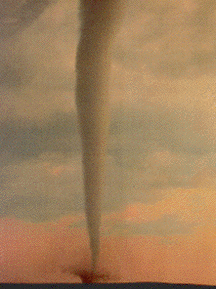
Tornadoes form from severe thunderstorms. They have a very high energy density which means that they are very destructive to a small area. They also don't last very long which makes them hard to study.
...more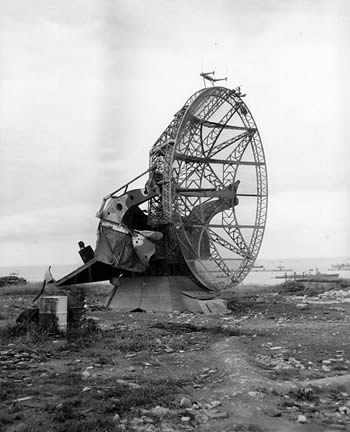
People understood the concept of radar long before scientists first built a radar system. In 1888 Heinrich Hertz, a German physicist, demonstrated that metal objects will reflect radio waves. Then in 19
...more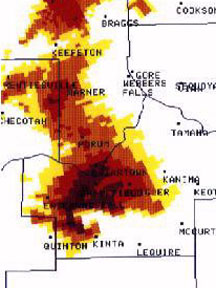
Wind does not have an effect on radio waves. Radio waves have a rather long wavelength, from 10 to 100 meters. Wind cannot affect radio waves because the air particles associated with wind are far too
...more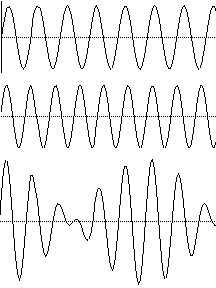
Sound travels in waves. These waves have both a frequency and an amplitude. The frequency is measured in hertz, which is one wave cycle per second. A cycle is a repeated pattern of positive and negative
...more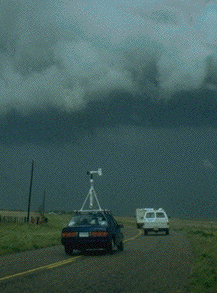
Storms chasers are different than storm spotters. Chasers travel around Tornado Alley looking for severe storms and tornadoes. This area in the Great Plains is the best for chasing. Besides having a lot
...more


